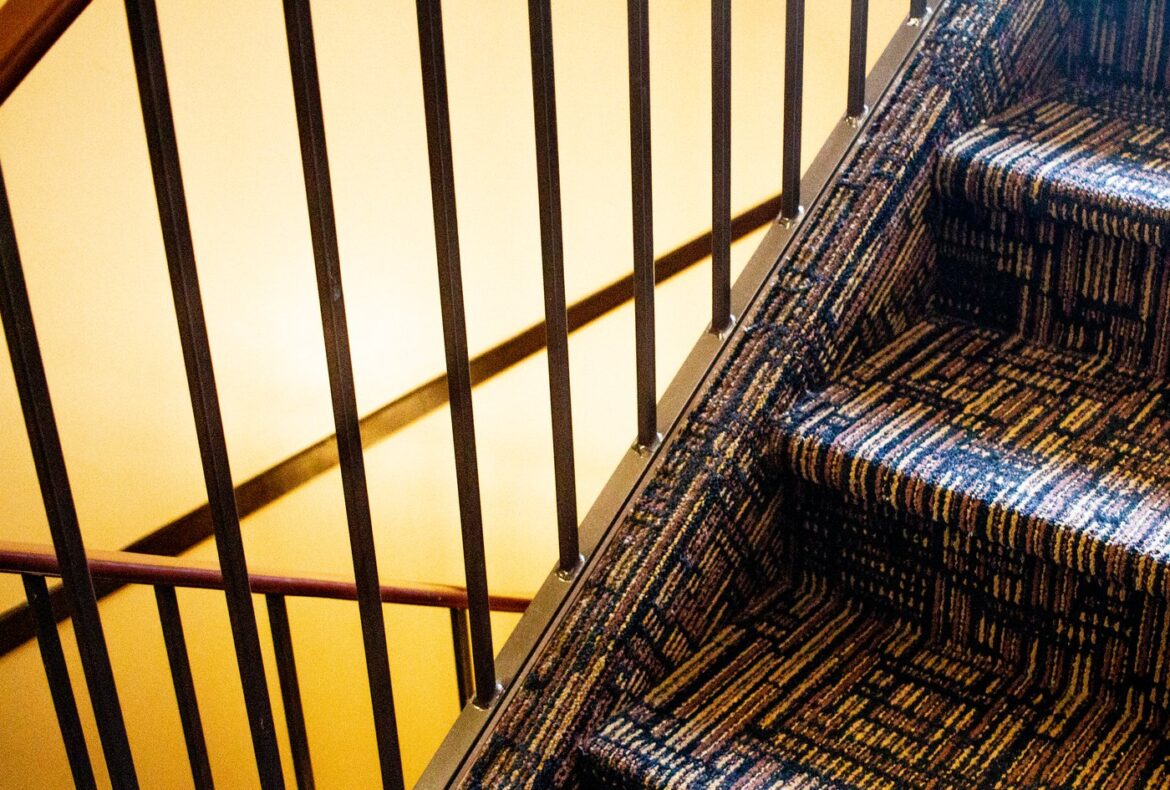By George Lee | The Macleod Gazette
The Alberta government needs to get with the times and make the province more accessible for more citizens, says an NDP shadow cabinet minister who plans to introduce a bill this session addressing the issue.
Marie Renaud, the community and social services critic, said the province is slipping behind the Canadian government and all provinces but Prince Edward Island. All have passed or introduced accessibility legislation.
Her comments follow the province announcing changes last month to Alberta’s accessibility design guide under the webpage headline Building a more accessible and inclusive Alberta.
Jason Nixon, minister of seniors, community and social services, said in the announcement: “Our government is dedicated to reducing barriers for people living with disabilities and making Alberta a more inclusive place to live, work and play.
“This update to the barrier-free design guide is another example of how we’re helping to make our province more accessible for all Albertans.”
But Renaud called the updates important but routine. They don’t address wider accessibility issues that limit Albertans and their province from reaching their full potential, she said.
“What we don’t have is a framework that encompasses everything,” said Renaud, the member for St. Albert. “Accessibility legislation doesn’t just look at the built environment. It includes all kinds of things, like education, employment, procurement, information and technology. It also looks at how we develop and deliver the programs that government offers.”
She continued: “Without it, we’re sort of left with making investments here and there, and we have absolutely no framework to manage or evaluate the progress that we’re making.”
The guide captures advancements made since a 2017 predecessor was published. Updates address features like limited-mobility stalls and power access doors for public washrooms, visual alarms in sleeping areas, companion seating and safe access routes to and from buildings.
A spokesperson for Nixon’s ministry said in an emailed statement that accessibility continues to be a government priority.
“Government is taking a thoughtful approach to improving accessibility for people with disabilities as there are far-reaching implications and it’s important we get things right,” said press secretary Alysha Wishloff.
“Currently, accessibility measures are included in several places, such as the building codes, the Human Rights Act, and other policies of government,” said Wishloff.
The ministry is reviewing findings and recommendations from the 2023 report of the Office for the Advocate Persons with Disabilities, she said. “Alberta’s government wants to make sure any changes to improve accessibility across the province are well-informed.”
Nixon, the member for Rimbey-Rocky Mountain House-Sundre, held two roundtables last fall with disability advocates, members of the disability community and service providers from urban and rural areas. Although other topics were also discussed, stakeholders raised the need for accessible housing, Wishloff said.
“Government understands the necessity for accessible housing,” she said. About 5,000 units in the government’s affordable housing portfolio are barrier free and “we aim to meet or exceed building code requirements for all new builds.”
The updated design guide “will help Albertans understand and apply accessibility requirements outlined in the provincial building code,” said the spokesperson.
Of the provinces, only Alberta and Prince Edward Island have no existing or introduced accessibility legislation.
In 1978 Quebec became the first province in Canada to enact accessibility legislation. Six other provinces—British Columbia, Saskatchewan, Manitoba, Ontario, Nova Scotia, and Newfoundland and Labrador—have since passed their own versions. The most recent of those is Saskatchewan, which enacted legislation in December.
New Brunswick introduced accessibility legislation earlier this year. None of the territories have their own versions.
Through the Accessible Canada Act of 2019, the federal government is pushing for a barrier-free Canada by 2040. Part of the process is removing and preventing barriers to access in areas under federal authority.
Renaud says she wants the governing side of the floor to see the value of her bill, which will draw upon lessons learned in other jurisdictions.
Private member’s bills rarely become law. But the governing side should put aside existing grievances and move this one forward, she said.
“I believe that we all come here for the right reason, that we don’t maliciously decide things,” she said. “I have to believe that, to be able to do this job. So it’s my hope that we can make a strong enough case for them that they understand and see that this is just good for us.”
Renaud said accessibility legislation increases incomes, expands the tax base and increases the gross domestic product. “It’s just good for the economy.”
The government has not committed to introducing or supporting accessibility legislation. But accessibility is a priority, the emailed statement said.
“Government will continue to take a thoughtful approach to improving accessibility, and remains dedicated to assisting Albertans with disabilities to live their lives with dignity and equal opportunity,” said Wishloff.



